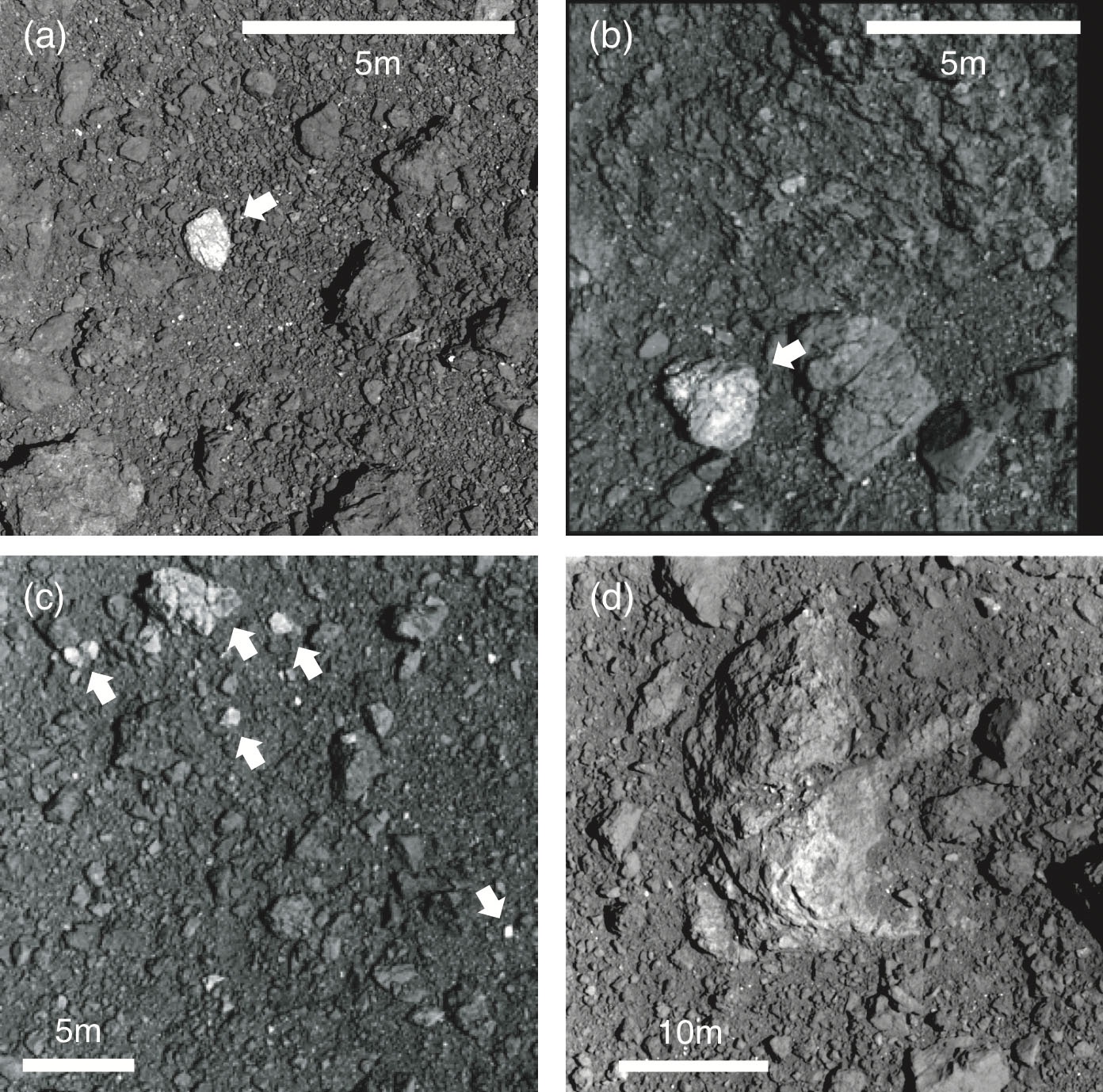
Our solar system is estimated to be about 4.57 billion years old. Previous analyses of ancient meteorites have shown that minerals were created through chemical reactions with water as far back as 4.5 billion years ago. New findings from the Ryugu asteroid samples indicate that carbonates were forming from water-rock reactions several million years earlier, even closer to the solar system’s beginnings.
Mineral samples collected from the Ryugu asteroid by the Japan’s Hayabusa2 spacecraft are helping UCLA space scientists and colleagues better understand the chemical composition of our solar system as it existed in its infancy, more than 4.5 billion years ago.
In research recently published in Nature Astronomy, scientists using isotopic ana...
Read More






Recent Comments